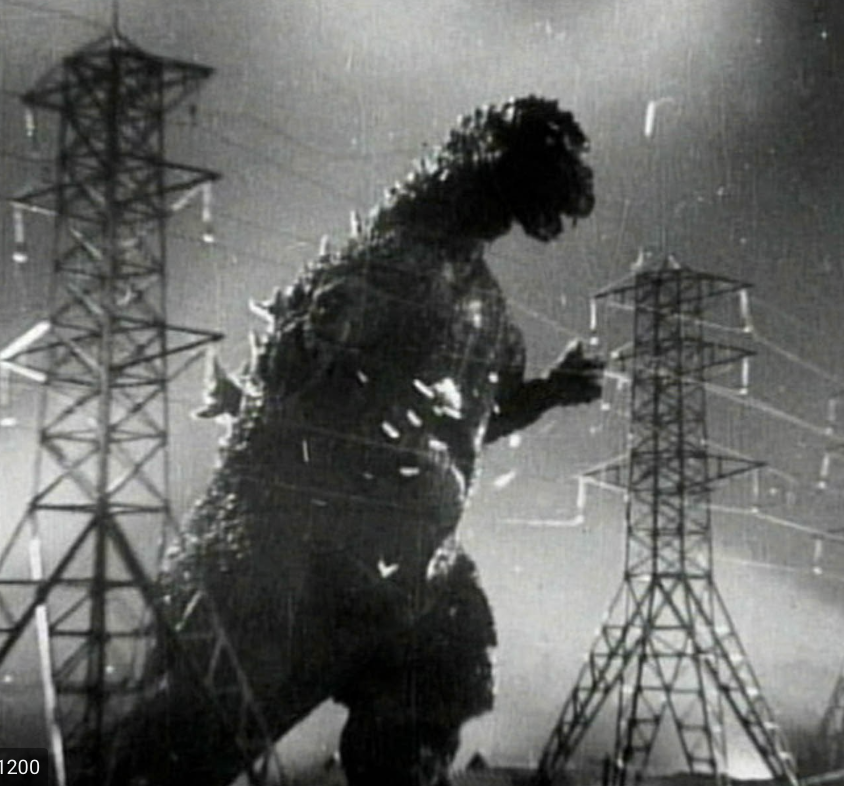What's the problem? Traditionally, a new generator must pay its costs to interconnect to the existing transmission system. This includes any new lines from the generator to an existing transmission line, plus any upgrades or new transmission caused by the new injection of additional power to the system. Say the interconnection of 4,000 MW of wind from Guymon, OK to Indiana causes the need to build a brand new 765kV transmission line in Indiana in order to handle the additional load... the generator in Guymon would have to pay for the upgrade. Does that sound fair to you? Let's examine...
The generator at Guymon is producing power for export and expecting a huge profit because its cost to produce is extremely low and the price of power purchased in Indiana is extremely high. But did anyone in Indiana contract to purchase this power, plus the cost of transmission? No, they didn't, so the generator proposes that the cost of the transmission upgrades be paid for by electric customers in Indiana, who may or may not use the power transmitted over the new line. Long-standing rules for transmission cost allocation -- beneficiary pays. So, unless Guymon can prove that all the ratepayers receive a benefit, they cannot assign costs this way.
In addition, who says the Guymon generation is needed in Indiana or elsewhere? It's the regional transmission organization that orders new transmission to be built and assigns costs to ratepayers. The RTO can only order new transmission and assign costs for projects needed for reliability, economic, or public policy purposes. If that need isn't there (and it's not... the PJM RTO has not ordered nor accepted costs for transmission for import) then it will not order a new project and assign costs. Generators and renewable energy developers do not order projects, assign costs, and determine who must buy their power. Claiming that the power they generate in Guymon is "desperately needed" in NYC and therefore ratepayers in Oklahoma City should pay for new transmission to get it there is a bridge too far. Who decides where the power they buy comes from? The purchaser, and to some extent the state. State energy policy may call for wholesale purchasers (the company who supplies your power) to purchase a certain amount of renewable power. That does not mean, however, that the state has demanded renewables from Guymon. States are getting smart about energy and many who have set renewable mandates know exactly where the power should come from... and it's from new renewables in state or in the local region. Not one state has set a target that it expects to have fulfilled by generators thousands of miles away. Go on with your stupid "where it's needed" claims. It's not up to renewable developers to determine where their power is "needed."
And let's not forget the logic of economics. New generators are for-profit endeavors. The cost to construct, connect, and operate must be less than the price the generator can charge for power. If these costs are more than the value of the power produced, then the generator is not economic and won't be built because nobody builds a new business that it expects would lose money. So, in this recent article, generators are whining that the cost of transmission interconnection and upgrade is too much and causes the cancellation of their projects because it makes them uneconomic. But yet they want ratepayers to pick up their interconnection and upgrade costs so that their uneconomic generators suddenly become economic. Let's not avoid the elephant in the room...
IF IT'S TOO EXPENSIVE FOR GENERATORS TO OPERATE ECONOMICALLY, IT'S TOO EXPENSIVE FOR RATEPAYERS TO PAY FOR ECONOMICALLY!
The ratepayers would pay for it either way, of course, whether wrapped into the cost of the power from Guymon, or secretly added to their bill in the form of higher transmission cost. However, when it's presented as high-cost power from Guymon, wholesale buyers say "no." But when it's slipped into everyone's electric bill without notice, they have no opportunity to say "no."
Perhaps this is also another Trojan Horse... by trying to foist their interconnection costs onto regional ratepayers who won't benefit from the new transmission, are renewable developers looking to have their merchant projects become RTO-ordered projects so they can be cost allocated? Currently merchant projects are paid for by their owners. So, what would happen to a merchant project that wanted to connect? Should an RTO anticipate merchant projects and plan for them? Get outta here... that's ridiculous!
Energy decisions are made by elected officials, state utility commissions, and customers. They aren't made by corporations who want to make money selling energy.

 RSS Feed
RSS Feed